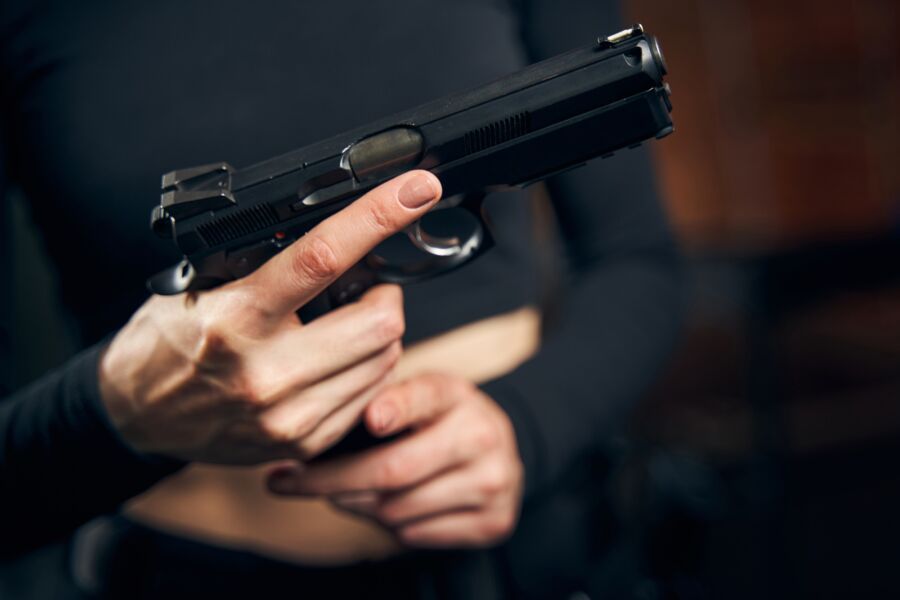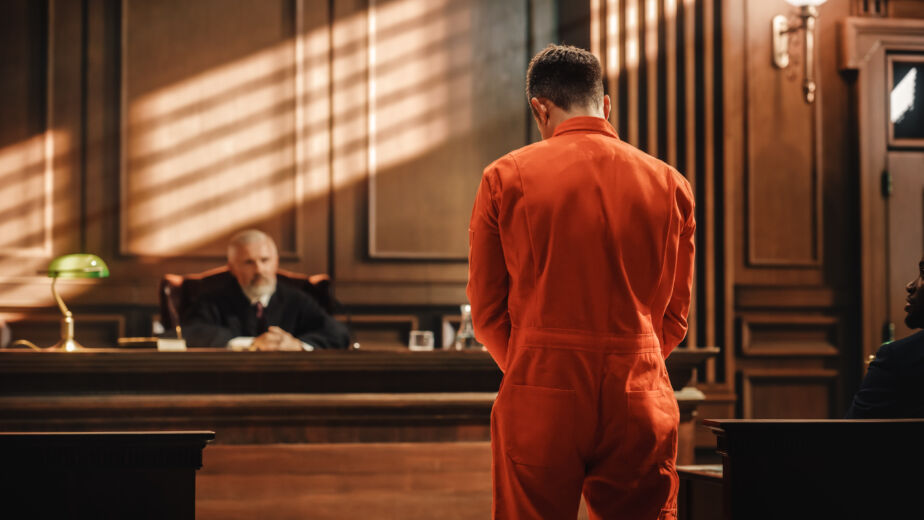🧭 Find Your Bearings After a Gun Prohibition
This guide charts the route to regaining those rights in Minnesota, explains how state and federal rules interact, and shows where a strategic advocate can help you steer toward a clean resolution.
⚖️ What “Firearm Rights Restoration” Really Means (Minnesota + Federal)
Minnesota’s baseline rule.
When your sentence is over (including probation/supervision), your civil rights are restored—but firearm rights depend on what you were convicted of. If the conviction was not a statutory “crime of violence,” restoration is generally automatic upon discharge; if it was a “crime of violence,” firearm possession remains prohibited for life unless a court restores your rights or you obtain a pardon.
Three-year bans for certain misdemeanors. Minnesota also imposes a 3-year disability for some misdemeanor/gross-misdemeanor drug offenses (chapter 152). After three clean years, the disability lifts automatically.
Penalties for possessing while prohibited. If you’re in the lifetime-ban category and still possess firearms or ammo, it’s a felony punishable by up to 15 years and/or $30,000. Courts treat this separately from the ineligible-person statute.
Federal overlays you can’t ignore.
Misdemeanor Crime of Domestic Violence (MCDV): Federal law imposes a lifetime disability for qualifying MCDV convictions (defined in 18 U.S.C. § 921(a)(33)).
Qualifying restraining/protection orders: Federal law bars possession while the order is in effect (18 U.S.C. § 922(g)(8)).
Minnesota courts have recognized the “automatic on discharge” principle. In State v. Sam, the Court of Appeals summarized how discharge restores civil rights unless the case falls within the “crime of violence” carve-out.
📍 Waypoints on the Minnesota Route
1) Diagnose the reason for the prohibition.
We verify whether your disability is from a “crime of violence” (Minn. Stat. § 624.712, subd. 5), an MCDV, a drug misdemeanor, civil commitment, or a protection-order scenario. That classification determines our map.2) Choose the right tool.
Court Restoration (Minn. Stat. § 609.165, subd. 1d): After discharge from physical confinement, a judge may restore your rights for good cause (employment, hunting, personal security, rehabilitation record, etc.).
Pardon Extraordinary: Restores civil rights broadly; often the cleanest fix for tough histories. (We’ll advise when a pardon is the better vessel.)
3) Prepare the record.
We assemble a clear safety plan and evidence of rehabilitation (stable housing/employment, treatment completion, community support). Judges balance public safety against your individual interest.4) File, notice, and hearing.
We file in district court and serve necessary parties. The judge may hold a hearing to probe history, present circumstances, and need. Statewide Judicial Branch forms (including full packets) exist for “crime of violence” restorations and civil-commitment restorations.5) The last mile (databases).
If the court grants relief, we make sure the order propagates correctly so purchase checks don’t strand you at the counter.
🚧 Detours & Pitfalls
Expungement ≠ firearm restoration (for “crime of violence”). Minnesota’s expungement statute now requires that expungement orders for “crimes of violence” state the person remains prohibited unless rights are restored under § 609.165, subd. 1d. Translation: expungement alone won’t clear the lifetime gun bar.
“Stay of Imposition” nuance. Even if a felony later “deems” to a misdemeanor, firearms law looks to what was punishable at the time of adjudication. If the offense is on the “crime of violence” list, you still need judicial restoration or a pardon.
⚖️
Revived § 925(c) Relief:
For decades, applications for federal relief from firearms disabilities under 18 U.S.C. § 925(c) were effectively frozen by a funding rider. In 2025, DOJ withdrew ATF’s delegation and initiated rulemaking so the Attorney General can again adjudicate individual applications. There’s an interim step (delegation withdrawal) and a proposed rule that lays out criteria and process—useful for planning your route even as the rule finalizes
✅ Common Scenarios for Gun Rights Restoration
Old felony (not a “crime of violence”), off paper: Rights typically restore by operation of law on discharge—confirm records are clean.
Felony “crime of violence”: Lifetime bar unless court restores (§ 609.165 subd. 1d) or pardon. Penalty for possessing while barred is up to 15 years/$30,000. MN Revisor’s Office+1
Misdemeanor drug offense (ch. 152): Three-year bar; lifts automatically if no new 152 convictions.
Misdemeanor domestic violence: Federal disability under § 922(g)(9), with a technical definition at § 921(a)(33).
Protection order: Federal disability while the order is in effect (§ 922(g)(8)).
Frequently Asked Questions about Gun Rights Restoration in MN
Does finishing my sentence restore my gun rights?
For non-“crime of violence” convictions, generally yes at discharge. For listed “crimes of violence,” no—judicial restoration or a pardon is required.
How does the judge decide a restoration petition?
Statute says good cause and release from physical confinement; courts weigh rehabilitation, safety, and the specifics of your need (employment, hunting, security).
Will Minnesota restoration fix my federal bar?
Often, if the remedy fits federal definitions (18 U.S.C. § 921(a)(20)). We also plan for the revived § 925(c) process as DOJ finalizes rules.
Can expungement restore rights for “crime of violence”?
No, not by itself—Minn. Stat. § 609A.03, subd. 5a says an expungement order must continue the firearm prohibition unless there’s a separate restoration order.
Do I need to appear in court?
Sometimes your lawyer can appear; it’s case-by-case. The Judicial Branch packets outline process and service.
🧭 Navigating the Path Forward
At Rob Doar Law, we know that legal uncertainty is real—but you don’t have to navigate it alone.
Let us help you find your bearings, explore your legal options, and chart a path forward with confidence. We’re here to anchor your strategy when the legal waters get rough.



